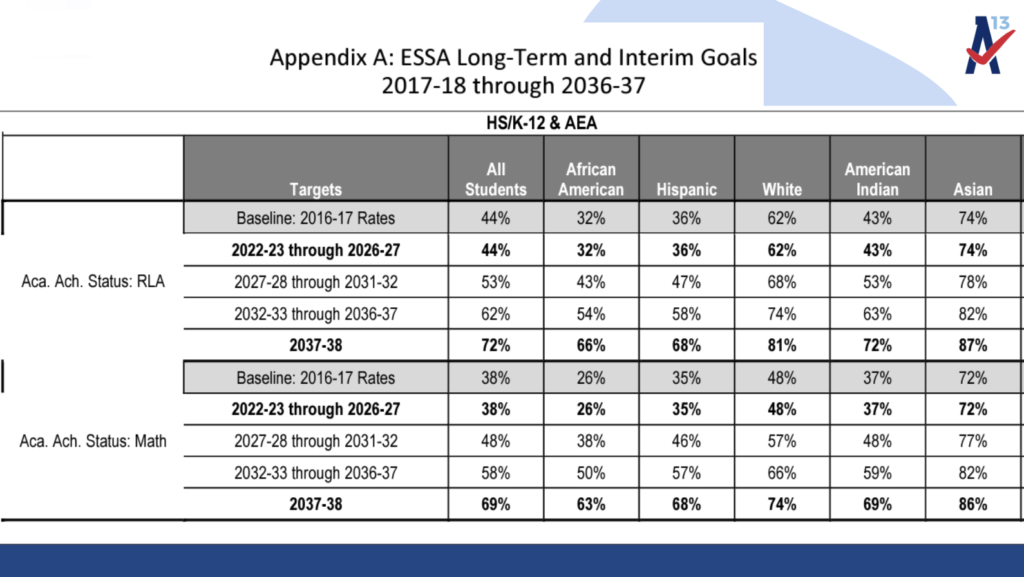During the A-F Reset made necessary by SB 1365, Domain 3: Closing the Gaps underwent the most significant changes out of all the domains. These changes aimed at narrowing the focus on underperforming student groups and reducing achievement gaps.
Let’s take a look at the updates the Texas Education Agency (TEA) made to Domain 3. This includes the transition from 14 student groups to four supergroups and the revised methodology for awarding points.
Shift From Student Groups to Super Groups
The shift from 14 student groups to four super groups marks a significant change in the Closing the Gaps domain.
In the past system, there were 14 student groups. All of these were calculated into the methodology to obtain the letter grade for this domain. This has moved from 14 student groups to four Super Groups. Now, those four groups are:
- the All-Student Group
- a High Focus Group
- the two lowest-performing groups from the previous year.
By consolidating the student groups, the focus is sharpened on the lowest-performing groups. This enables educators and policymakers to direct resources and interventions more effectively. This streamlined approach allows for a more comprehensive analysis of underperforming student populations. It enables the implementation of targeted strategies to close achievement gaps and guarantee educational success for all.
Points Methodology
First, TEA has introduced a new methodology for awarding points in the Closing the Gaps domain using a gradated outcome table.
Second, through implementing the gradated outcome table and assigning 0-4 points based on the progress made towards interim and long-term targets outlined in the ESSA state plan, the process is moving away from a simple Yes/No system.
Right now, the methodology works to align long-term targets with the ambitious goal of significantly reducing achievement gaps over a 10-year period. Next, the interim targets aim to achieve approximately one-third of the long-term targets within the next five years. This revised approach emphasizes continuous improvement and encourages schools and districts to strive for meaningful progress.
Closing the Gaps and ESSA

The updated Closing the Gaps domain aligns with the overarching objective of ESSA: reducing achievement gaps and improving outcomes for all student groups. The annual reporting of each student group’s progress towards interim and long-term targets provides transparency. And, it fosters a culture of data-driven decision-making. This data enables educators, administrators, and policymakers to identify areas of concern, implement effective strategies, and track progress toward closing achievement gaps.
Read more about the changes to the A-F system on the ESC Region 13 blog.
For more information on the A-F Accountability System, visit our webpage. Join our mailing list for weekly updates and the latest news.
Melinda Marquez is the Director of Accountability, Assessment, and Leadership Systems here at ESC Region 13.






Add comment